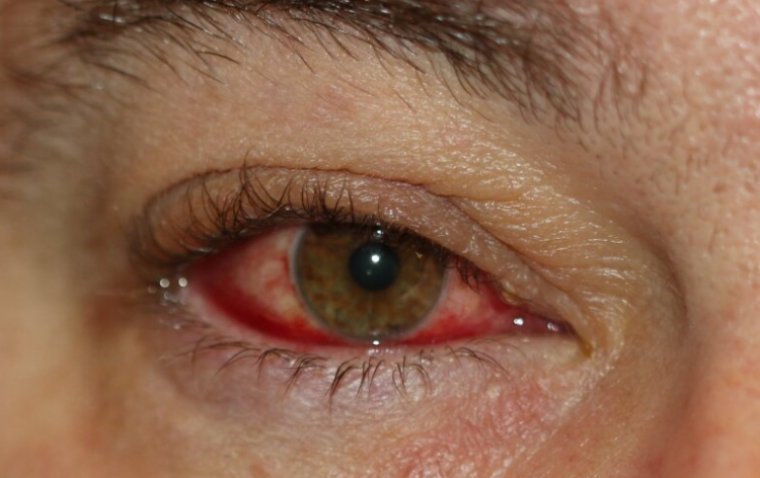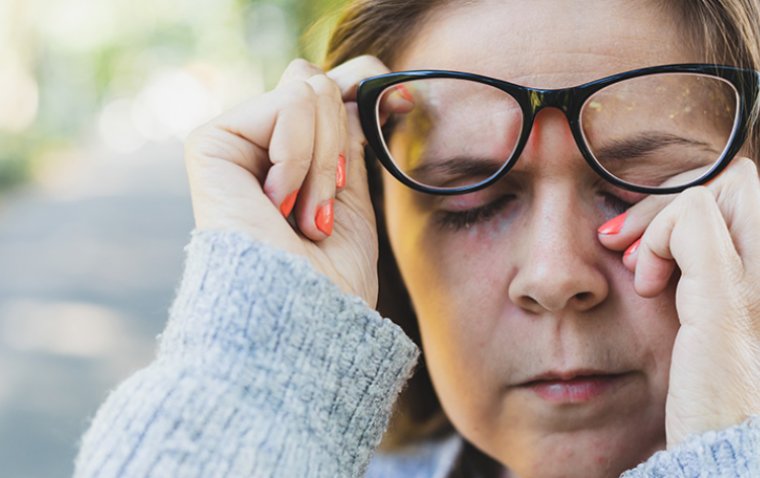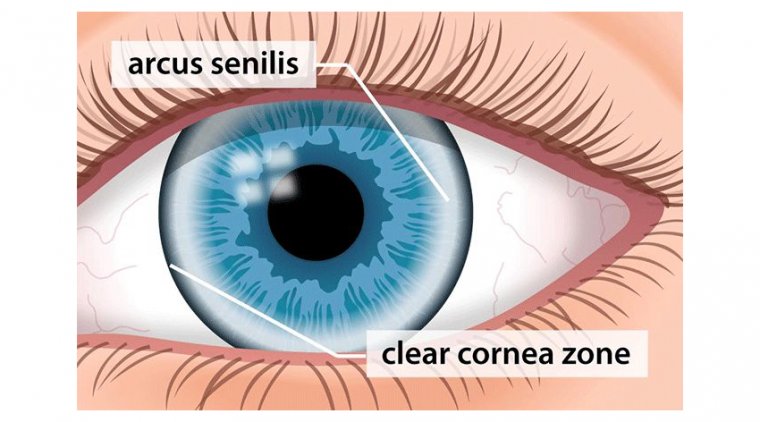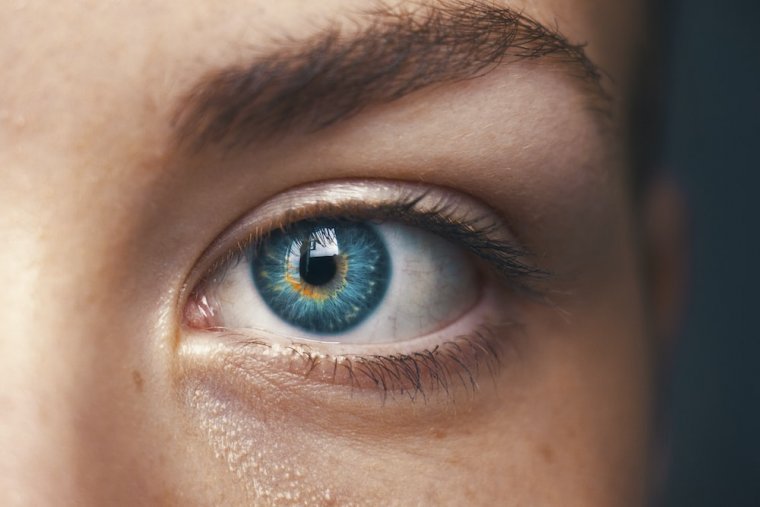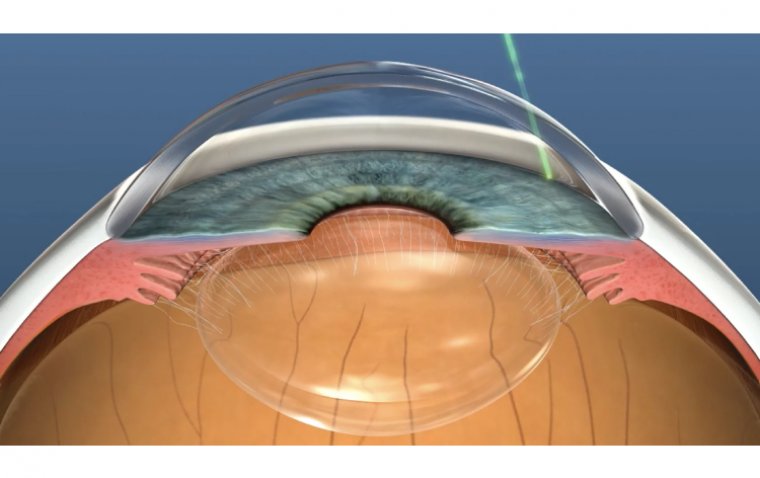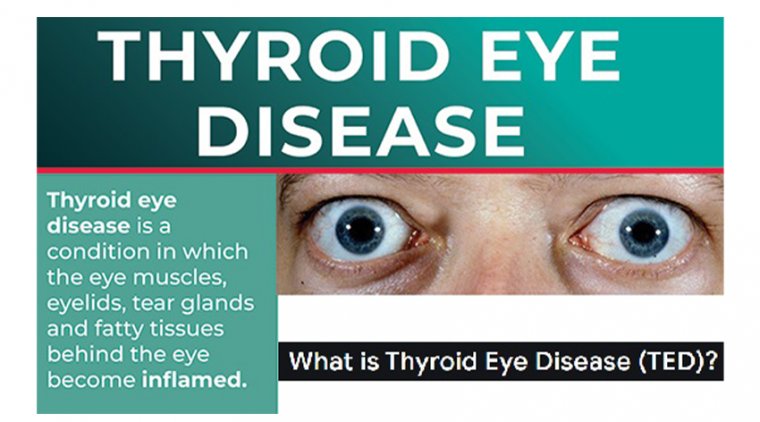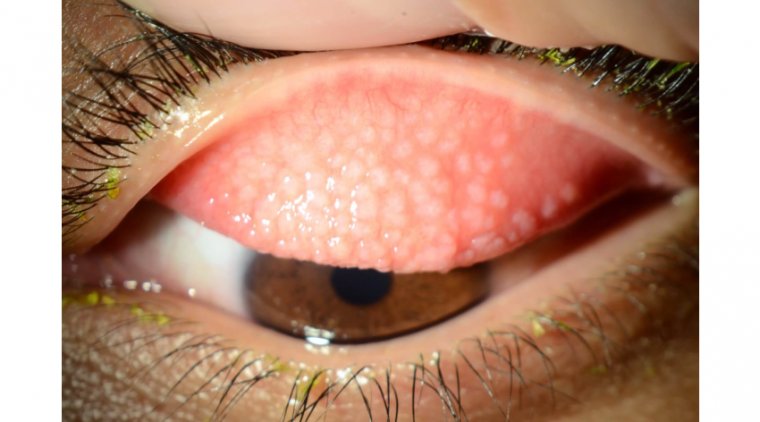
Understanding Giant Papillary Conjunctivitis: Causes and Triggers
Giant papillary conjunctivitis is an inflammatory and allergic reaction of conjunctiva which makes the smooth and even inner side of your eyelids swollen, bumpy and reddened.
Types of Primary Giant Papillary Conjunctivitis
Giant papillary conjunctivitis is predominantly divided on basis on the elements of allergen. GPC is sourced either from seasonal allergies or external objects like wearing contact lenses or due to sutures. Primary GPC has two basic causes: -
●Vernal keratoconjunctivitis (VKC)
●Atopic keratoconjunctivitis (AKC)
Secondary GPC originates from substances causing grittiness or a foreign body sensation in eyes or eyelids like:
●Sutures that rub against the eye lids
●Contact lenses
Causes of Giant Papillary Conjunctivitis
●Allergy either with contact lenses or its solution
●Positive history of asthma, hay fever, or other allergies
●An artificial eye or exposed suture rubbing against the inner side of eyelid
●Accumulation of substances on the contact lenses
●Chronic ocular allergies
What are the symptoms of GPC?
●Feeling of sand stuck in eye
●Foreign body sensation in eyes
●Grittiness and red eyes
●Intensely itchy eyes
●Inflammation and drooping eyelids
●Excessive mucus discharge from the eye, which makes
●Blurry vision due to discharge
●Sensation like your contact lens is moving every time you blink your eyes
●Bumpy underside of your upper eyelid
●Excess mucus forming strings or sheets
Stages of Giant Papillary Conjunctivitis
For easy understanding GPC can be divided into several stages.
Early stages of giant papillary conjunctivitis, it manifests as mild or no symptoms of grittiness, redness, itching, inflammation or bumps on the inner side of eye lids. There is little to no discharge in it.
In severe stages, there is increase in number of bumps, grittiness, itching and redness. The is good amount of discharge leading of blurred vision. Mostly in these cases the lens moves with blinking.
In Advanced stage of GPC all the aforementioned symptoms will be aggravated, the discharge will take shape of strings, deposition on contact lenses, sticking of eyelids and intense itching due to immense feeling of foreign body in eyes.
How Can GPC Treated?
GPC needs prompt care, to be treated as quickly as possible and to avoid complications.
The approved treatment for primary GPC is cromolyn sodium and lodoxamide usually. However, other treatment options primary GPC are antihistamines, topical steroids, and topical cyclosporine.
To treat Secondary GPC, you need to: -
●Abstain from wearing contact lenses for some time. This way your body is not exposed to allergen and takes its time to heal perfectly.
●Reduce the total duration of wearing lenses.
●Clean your lens with the prescribed lens solution only, avoid using lens solutions with preservatives.
●Store your lenses properly in disinfecting solution.
●Change your lens regular, as the very lens might be causing allergy.
●Change the type and design of your lens.
Your ophthalmologist will discuss treatment options for you based on your condition. Use eye drops prescribed by the ophthalmologists to pacify the situation. You might be prescribed cromolyn sodium drops if other treatments fail.
(1).jpg)


